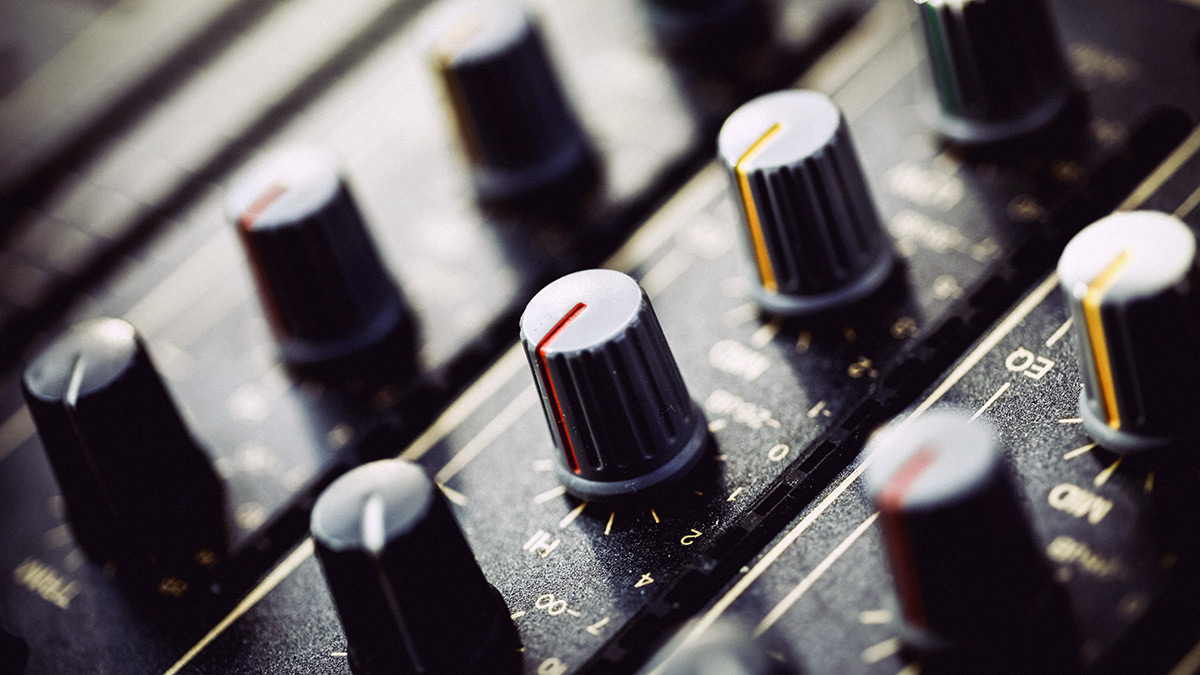Four tips To Troubleshoot Low End Problems

It's no secret that the hardest thing to get right when mixing in a home studio is the low-end. Many modern music genres rely on huge but tight bass sounds, but without professionally applied acoustic treatment and high-end monitoring, it can be hard to deliver this consistently. We know that many of you won't be mixing in acoustically perfect environments, so below we give you some tips on how to get the best out of the studio you do have, so that you can deliver that killer bass sound!
1. Try 'Averaging' The Room
In a project studio, you will likely have room resonances that will affect your ability to accurately judge low-end levels. These resonances will cause the bass to appear louder or quieter, depending on where you stand in the room. This is obviously a problem, but it also leads us to a useful workaround. Try listening to the low end of your mix from multiple locations in your room, and make adjustments to levels based on the 'average' bass sound in the room. If your bass seems too loud in some places, and too quiet in others – that's probably a sign that it is at the right ballpark level. If it seems too quiet or too loud everywhere, you will most likely need to make some changes to the mix.
2. Use Frequency Analysers
We've mentioned this before, but Frequency analysis plug-ins are an absolutely essential tool in a project studio. The good news is that plenty of them are available for free, including truly excellent plug-ins such as Voxengo's Span. Use the analyser on every mix and get used to how it displays information. It will be able to show you the low-end frequencies that you will not be able to hear accurately.
3. Be Careful When Using Ported Monitors
Ported monitors are those that make use of holes in the cabinet. There is nothing wrong with this as a concept, but some manufacturers of cheap ported monitors can abuse this feature slightly, in order to make small speakers sound bassier. This can make the speakers sound impressive on first listen, but low-end accuracy is massively compromised in these speakers. If you do have to use cheap ported monitors (and many people do have to for budget reasons), find out the resonant frequency of their bass ports. This will help you to compensate for these resonances when you are mixing. You should be able to find this information in the specification sheets on your monitor manufacturer's website.
4. Watch For Visible Movements From Your Speaker Cones
Sometimes, looking at your speakers can let you know if they are playing back some undesirable sonic information. If you can't hear the bass, but your speaker cones are moving violently, it could be a sign that there are some unwanted sub-sonic frequencies in your mix. This could lead to your bass sounding ill-defined on bigger systems, and may mean that you won't be able to master your recording as loudly as you would like. It can be hard to read exactly what is happening with speaker cone movement like this, but used in conjunction with a frequency analysis plug-in, you should be able to identify where any problems lie.



Comments:
Mar 28, 2018
Mar 28, 2018
Login to comment on this post